The art trade has always been about much more than artistic value or the simple love of paintings. For better or worse, the art trade has always been closely linked to a society’s financial markets and the people who dominate them. Art has been a way to signal wealth, class, and how ‘cultured’ one is. This is because it is the only asset that exudes that elusive, much-demanded trait — exclusivity. Taste, highly controlled, creates ‘insiders’ and a small circle of owners. This has been one of the biggest driving forces behind the global art market for centuries. The patrons, buyers, curators, sellers, and the giant central institutions — auction houses and museums. What do NFTs mean for this closed off world?
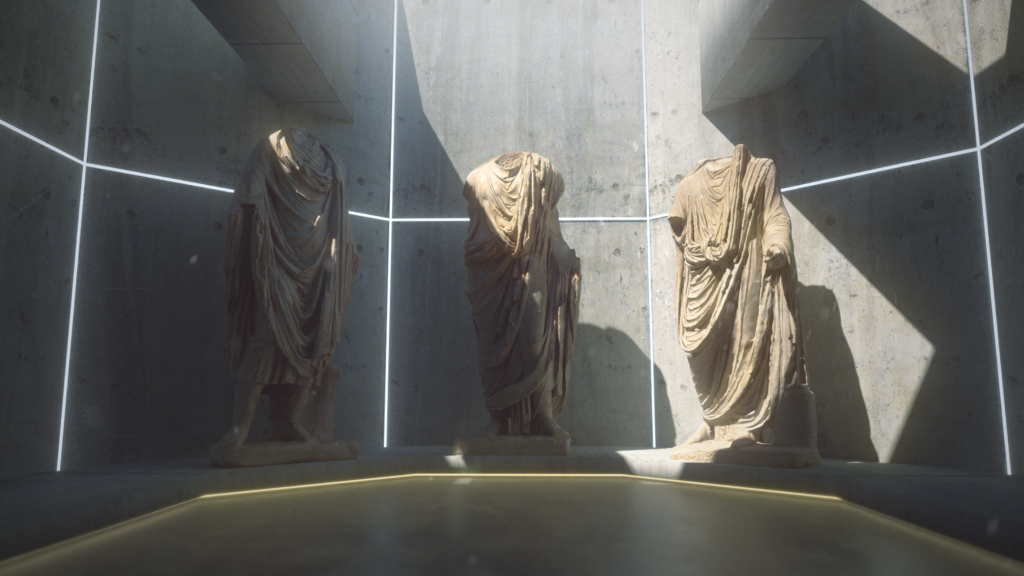
Creating Artistic Democracy Through Technology
So, contrary to the values that art and artists claim to hold, art is seldom democratic. This is one area where technology can be a restorer of art rather than a big evil. The creation of the camera took art out of the hands of the oil masters and experts out to anyone with $50 or less. The internet meant you didn’t have to be chosen by a museum for people to see your work. Anyone with an internet connection could reach a bigger audience than the Louvre sees in a month.
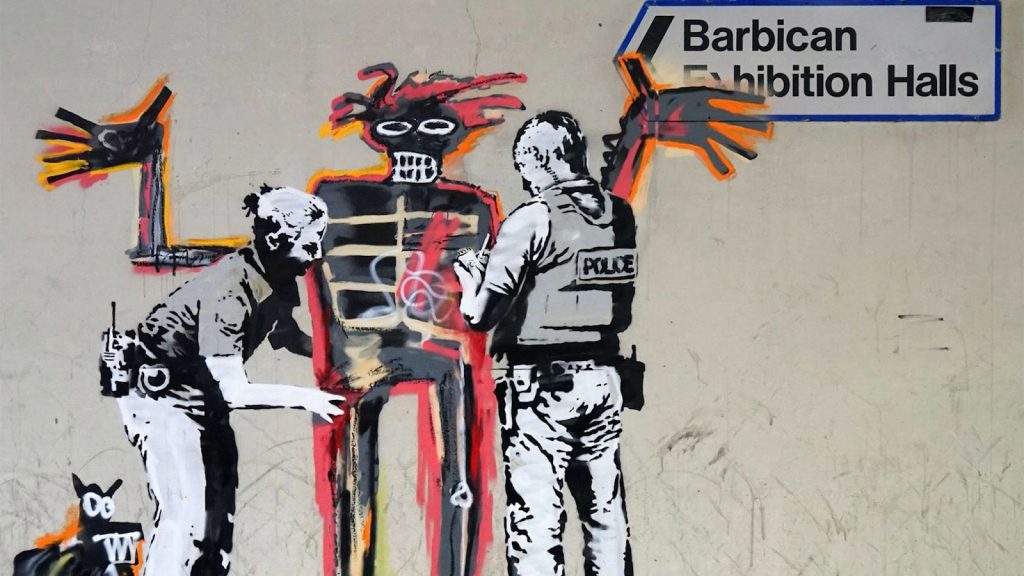
Throughout art history, technology has been the tool that has driven art into the hands of the people. This hasn’t changed with the world’s next phase of technology — Web3.0. If Web1.0 was about reading, and Web2.0 was about participating, Web3.0 is about owning. Owning, here shouldn’t make you imagine the capitalist Monopoly Man, but a community being equal stakeholders in a company or asset.
Web3.0 is all about decentralisation. It’s about taking ownership from the hands of the rich few, to the interested many. Online, it means users can trust their data because they own it and control its distribution. No central giants control data or assets. Instead, assets are split into tokens so many people can buy a share for less capital, rather than being priced out of the market. For platforms, this means users are stakeholders and major decision-makers. Community, not customer.
The Virtual Art Market Is Growing — Fast
Web3.0, then, is more comparable to the comic book industry than to the auction industry. It’s focused on lowering the barrier to entry in owning, creating, and selling art. So the Web3.0 art trade is very different from tradition. And virtual art has never just been a way to view or buy art on a different platform. The virtual art trade is about bringing art from millions of diverse artists to a global market. All made possible through technology.
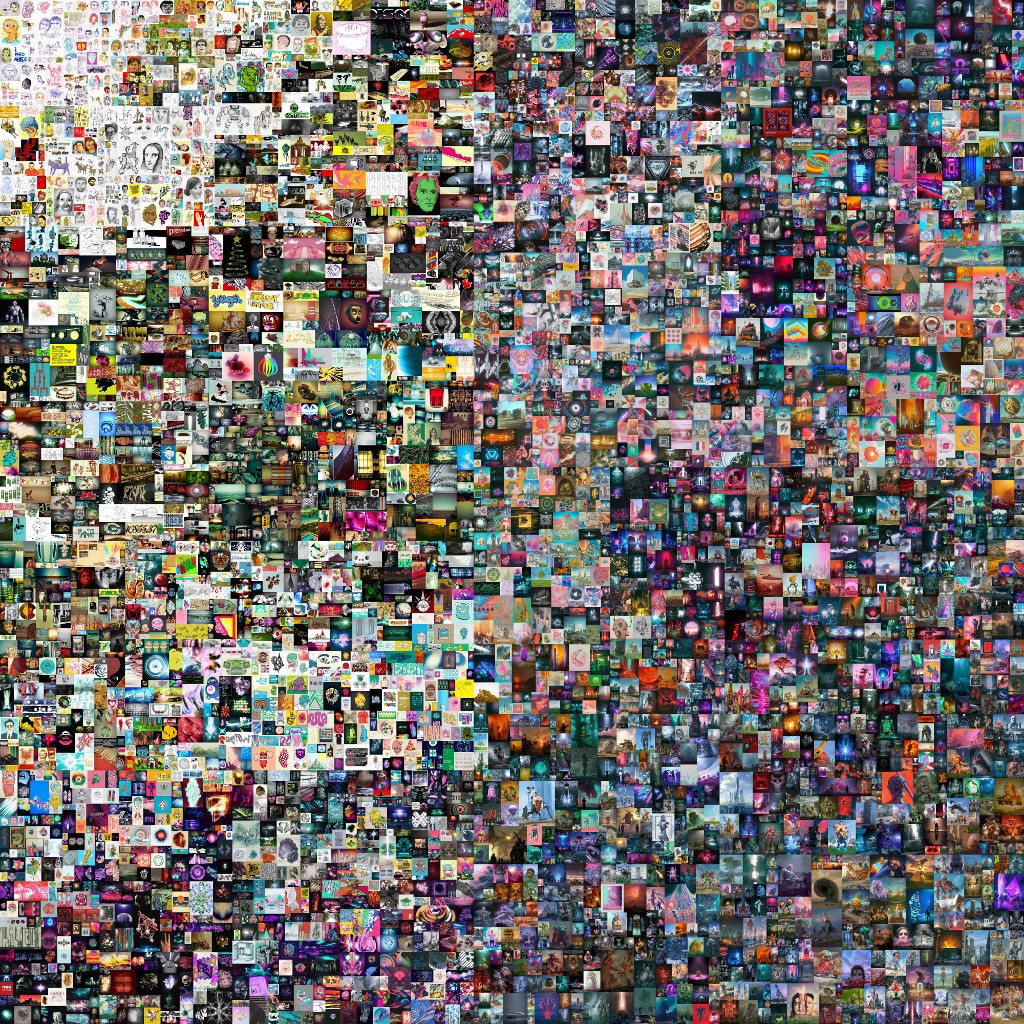
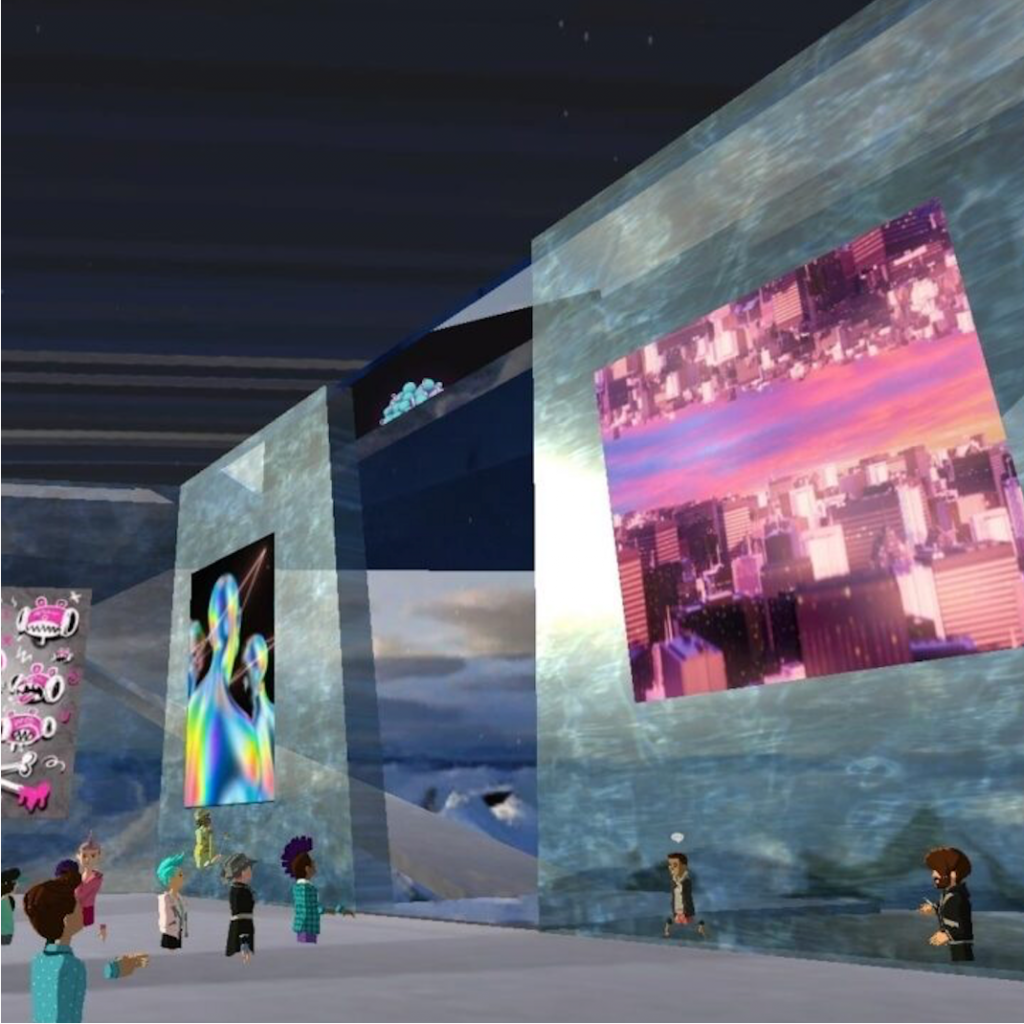

The virtual art market was already a sizeable part of the total art trade, which was values at $65.1bn in 2021. Till 2020, the virtual art market represented 10% of this, and was growing. The pandemic made the virtual art market electric with its growth booming in 2020 and 2021. By 2021, the size of the virtual art market had doubled — representing 20% of the total trade — USD 13.3 billion.
How NFTs Are Revolutionising The Art Market
When people talk about the Web3.0 art trade, more often than not, they’re talking about NFTs. And when they’re talking about NFTs, they’re usually discussing obnoxiously expensive twitter PFPswith dubious artistic value. The apes, cyber hamsters, cryptopunks etc. But this is barely scratching the surface.
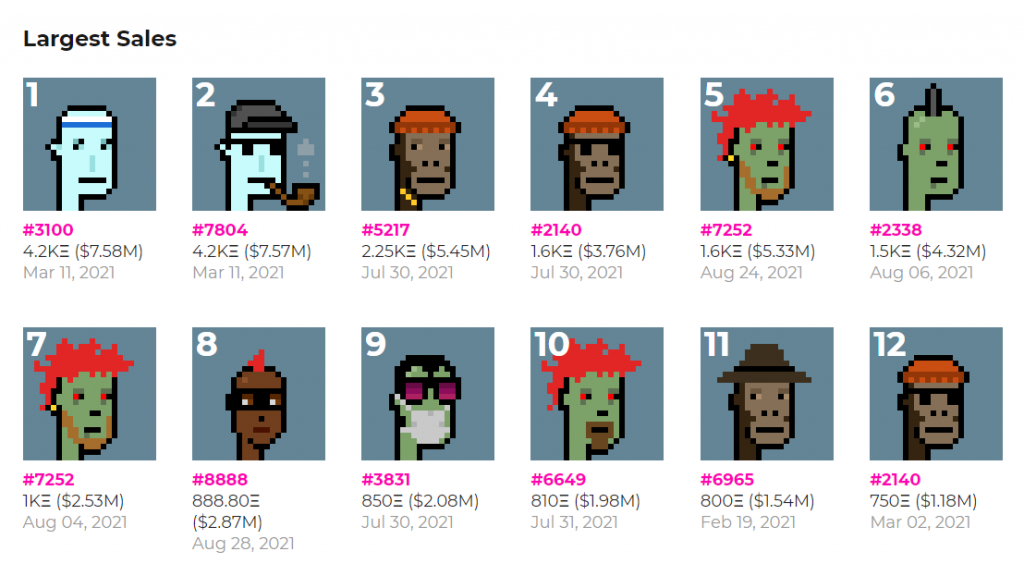
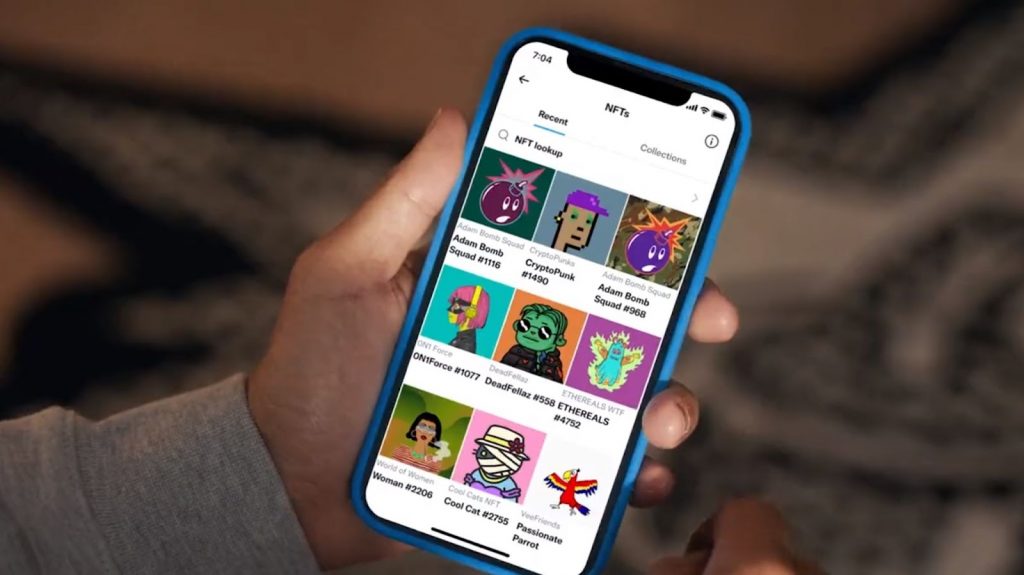
Web3.0 is decentralised, art and money move directly between the artist and buyer, eliminating middlemen like museums and auction houses. This expands the market on both sides. Since artists are now getting paid directly on their own terms, more artists can afford to make art. On the other side, since art is available across all price ranges and styles, more people can afford to buy art.
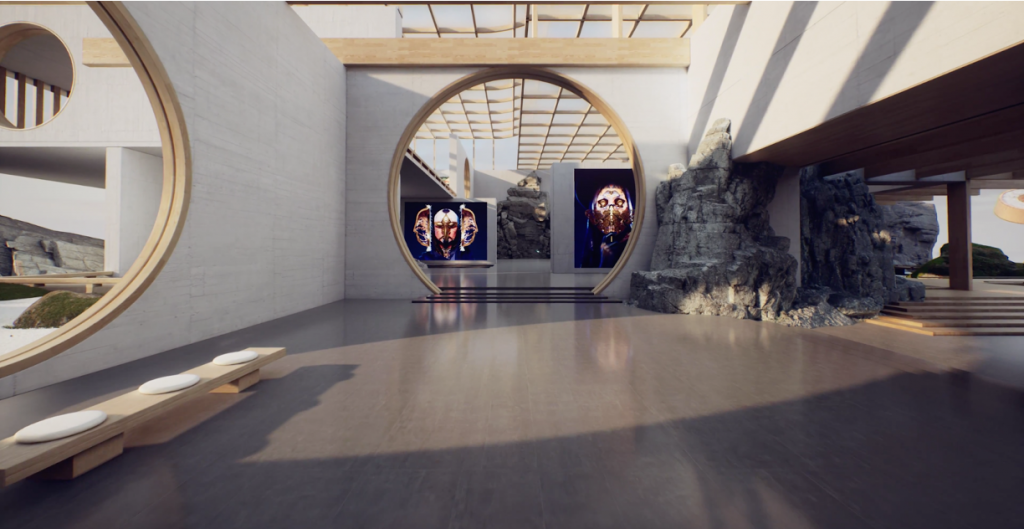
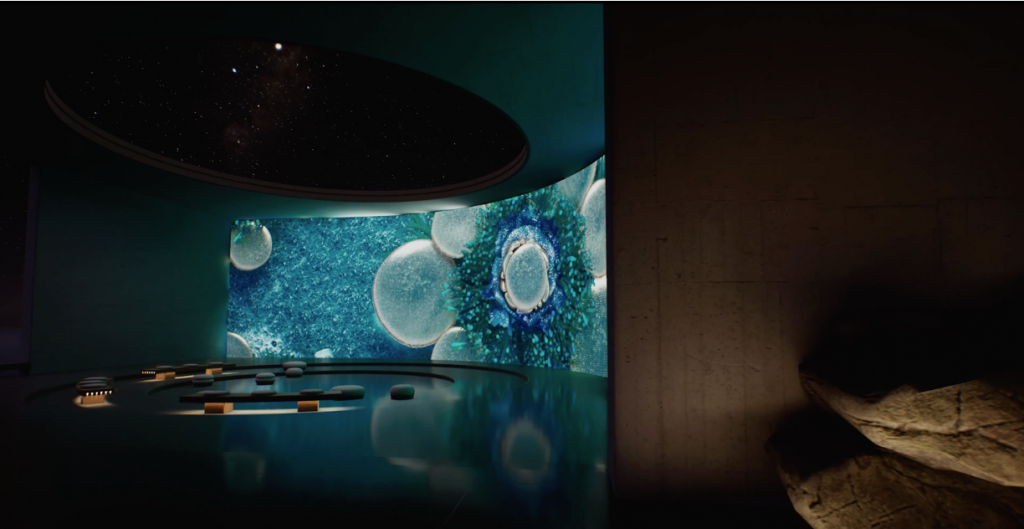
And although one could easily scoff at current NFT art trends and their participants, it’s difficult to remember a time when art was so relevant to a huge, young audience. The Web3.0 art trade works across several verticals to create change: non-fungible online art, ownership, patronage, and viewer experiences.
Non-Fungible Online Art (NFTs)
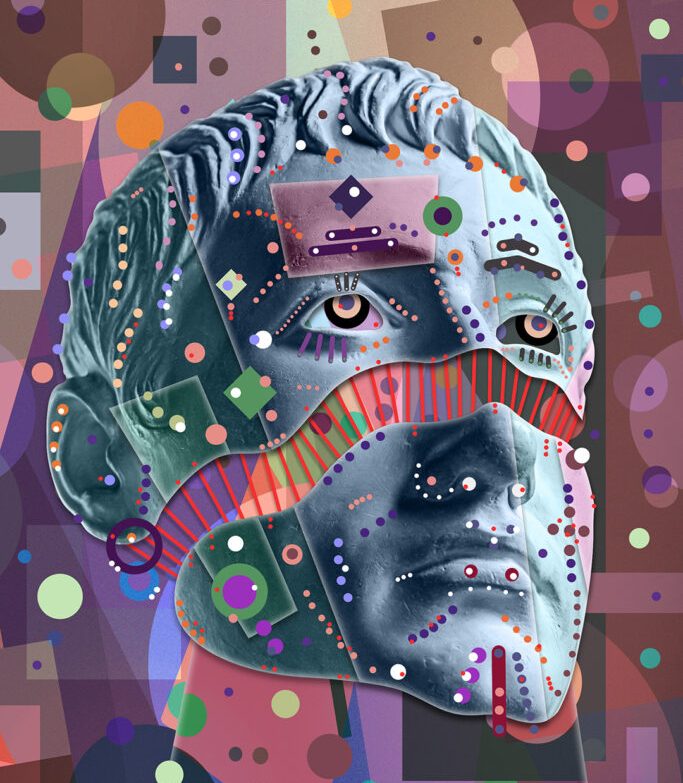
NFTs (Non Fungible Tokens) are assets (e.g. images, video) encoded with unique identifying data and stored on the blockchain. This means the visual asset is its own receipt, certificate of authenticity, proof of ownership, and provenance document. This makes NFTs a uniquely traceable, verifiable and undisputable form of art and art ownership.
NFT ownership has long been misunderstood. What’s the point of paying hundreds for a picture anyone on the internet can see and screenshot?
But it’s just like the difference between owning a painting in a museum and visiting the museum and buying a postcard of the painting. The owner still owns and controls the asset’s access, distribution, and sale. Increasingly, NFTs also come with attractive additional benefits like extra content, interactive assets, passes to virtual or real events etc.
For this reason, NFTs have become very popular with even well-known artists. Visual artists of all stripes are pivoting to NFTs to gain an audience and profit from their art. From bigwigs like Snoop Dogg and Damien Hirst to small artists like Jazmine Boykin.

Boykin, an emerging black artist of only 20, explained in a TIME profile that before starting an NFT collection, her art got plenty of likes and shares but made her no money. Now, she has sold over $60,000 in NFT art in less than a year. This was the change that allowed and encouraged her to keep making her art. Many artists, big and small, are reaping the benefits of fair compensation and interaction with appreciative fans and buyers.
Ownership with NFTs
Web3.0 assets pioneered the principle of fractional ownership, and tokenisation. Instead of being sold as one unit, any asset’s value can be split into a custom number of ‘tokens’ and sold separately. This means buyers can buy into an asset at a much lower price, and own a share in it equivalent to their investment. This allows multiple owners for one asset, and more people are able to own at least part of the asset they want.
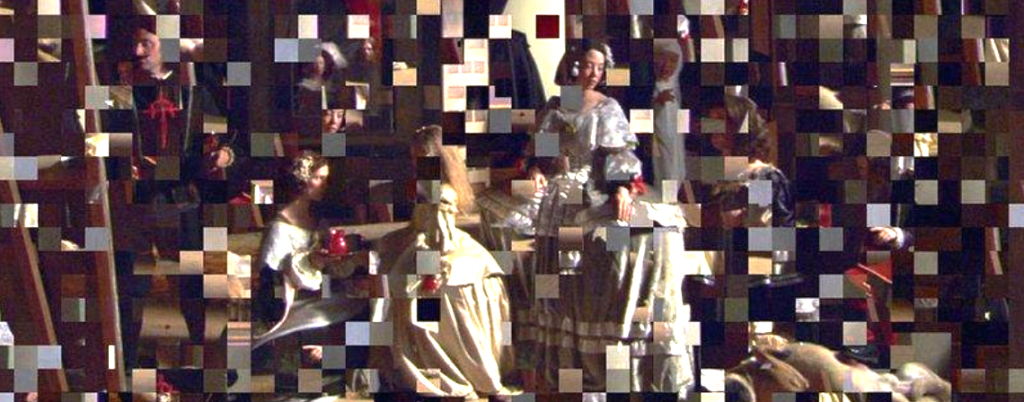
This has a two-pronged benefit. It has financially rehydrated the art trade, allowing more people to invest and trade in art and to profit from it. It has also opened up the market to a new class of buyers — young, with diverse incomes, and contemporary tastes. This new form of ownership retains the financial force that has driven the art market, but loses its exclusionary boundaries.
Patronage
An important element of an art market is supporting the artists so they can continue to make great art. Making and selling art can be an unsteady source of income, especially at a lower level. Historically this was taken care of by wealthy patrons like the Medicis. They paid for artists’ supplies and living in exchange for art. The industrial revolution’s answer to this was corporations. Artists working for a salary in exchange for agreed-upon amounts of work. This jump did allow more artists to make a living and expanded art and taste to the whole market rather than just a noble ‘elite’.
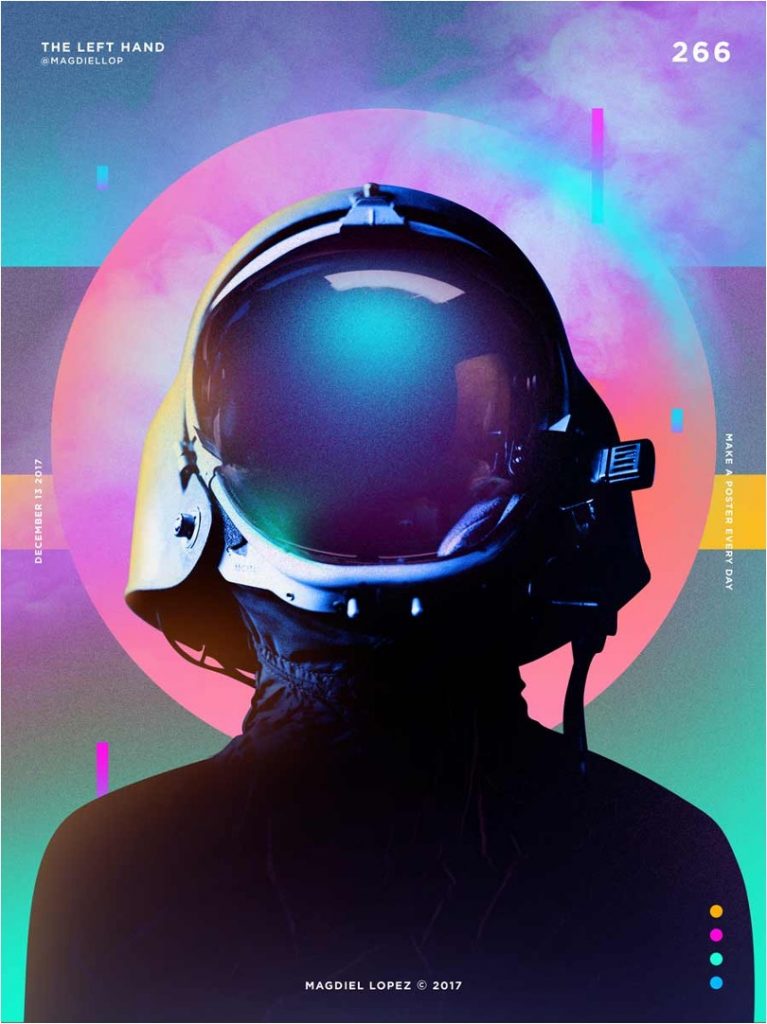
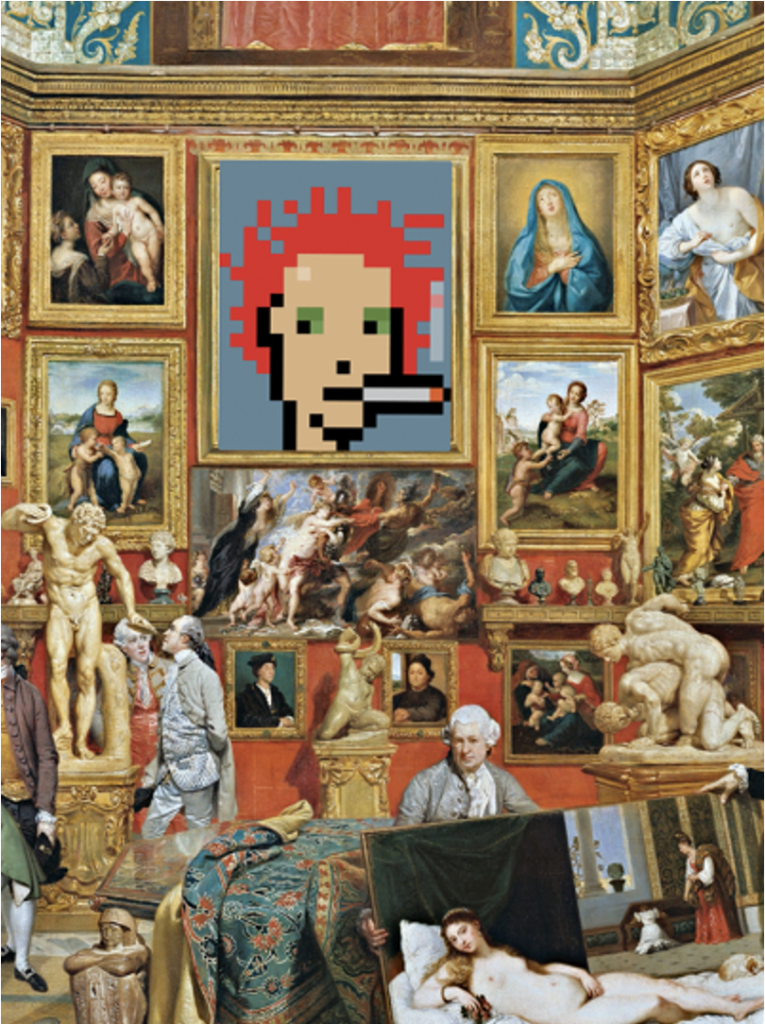
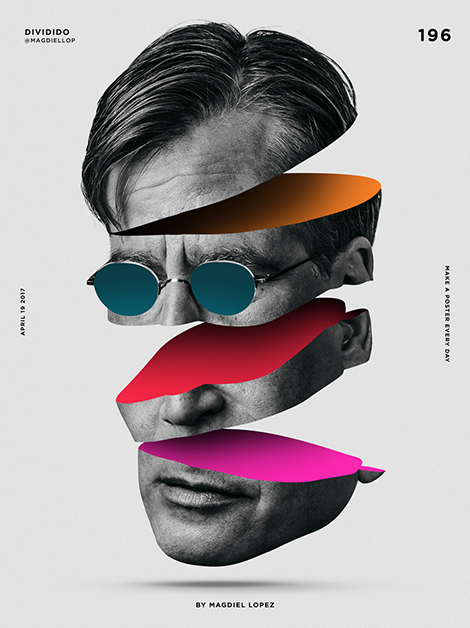
However, artists and consumers both still felt the constraint of the limits created by the middleman corporation. This led to the creation of Web2.0 platforms like Patreon that allowed consumers to support an artist directly, on the artist’s own terms. Web3.0 builds on this idea. An NFT, even bought from a marketplace like OpenSea ensures the artist receives the largest possible cut from the sale. Only a tiny percentage is lost as processing fees, much lower than even the most generous Web2.0 platform. This is revolutionary, particularly for the music industry. It allows artists to sidestep the huge fees and contractual constraints of a record company to distribute music directly to fans.
Viewing Experiences
The main user-content interface on Web2.0 is the website or app. 2D, generally with limited one-directional scroll and interactive only to a small extent. The Web3.0 equal is the Metaverse. A metaverse is an online virtual world — 3D, interactive, real-time, and completely immersive. The metaverse has lifelike 3D graphics experienced through a VR headset and surround sound. This allows the experience of viewing art to finally move out of physical space into a global, virtual one. You won’t have to travel to Amsterdam to experience a Van Gogh in 3D, in a customised museum-grade space. This combined with universal cryptocurrencies and tokenisation means the market is global, with fewer barriers to entry than ever.
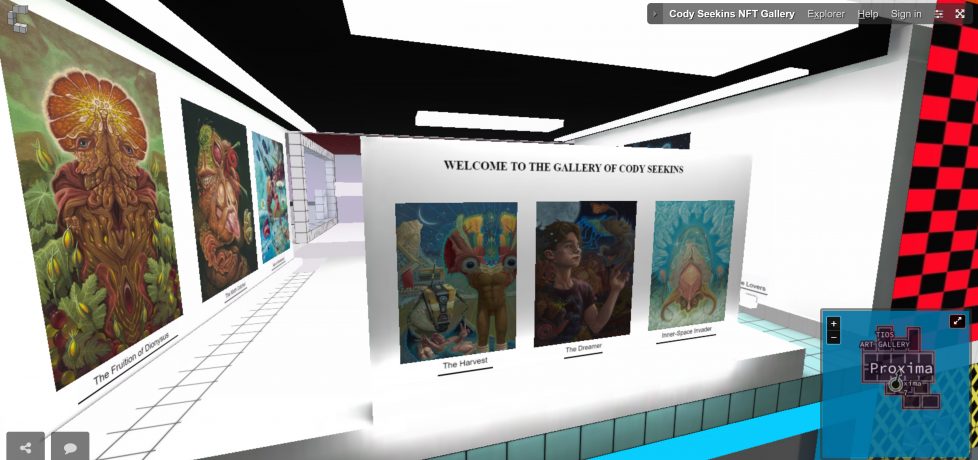
The metaverse also allows for an entirely new dimension for art to exist in — 3D spaces. In the metaverse, art installations can be architectural, sculptural, painterly, filmic, and interactive all at the same time. Moving sculptures that can be moulded by users. Custom immersive sets for virtual concerts that change as the music does. These are just a few of the infinite artistic possibilities Web3.0 represents. From art, to experience.
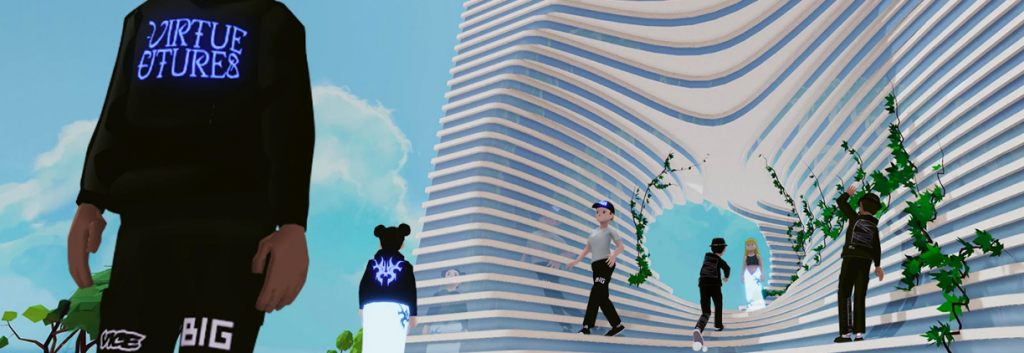
Web3.0 will change culture forever, and art is at the forefront of this technological revolution. The way art is created, displayed, owned, and sold is changing forever. And depending on how you see it, changing for the better. More people than ever can make art, and more people can afford to buy it and the art world is going truly global through virtual experiences and cryptocurrencies. The ground of the art world is shifting, and if museums, artists, buyers, and critics want to remain, they will have to change with it.

